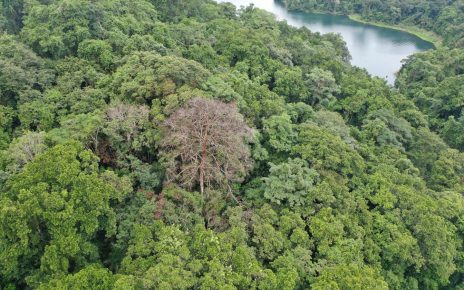An orientation to our special issue
A few years after the first issue of this magazine was published, a New Jersey carpenter found traces of gold in California’s American River, setting in motion a Gold Rush in which some 100,000 prospectors flooded the Sierra Nevada seeking their fortune. Rufus Porter, inventor, muralist and founder of this magazine, saw a different opportunity than the average 49er. He wanted to ferry paying passengers from the East Coast to California via hydrogen airship, a huge craft that would make the trip in three days. That scheme never took off. Scientific American, however, is still going strong.
SciAm has endured in part because of continual self-evaluation and reinvention. In that spirit, we decided to use this anniversary issue to take a hard look at our past, by analyzing the shifting ways we’ve talked about science (“The Language of Science”) and by excavating and owning up to some of the most egregious material we’ve printed (“Reckoning with Our Mistakes”). We chose to tell a few of the more entertaining stories from our history—like the time Hans Bethe wrote an article for us on the hydrogen bomb, leading the feds to raid our offices, burn 3,000 copies of the magazine, and eventually find our editor in chief “subversive and disloyal” (“Nuclear Reaction”).
But we are most interested in the sweep of scientific progress that Scientific American has spent nearly 18 decades covering. After all, when our first issue came out in 1845, the planet Neptune had yet to be discovered; today cosmologists soberly debate the existence of parallel universes. In the articles that follow, some of the smartest writers and scientists around describe how we—as in we inquisitive humans—got from there to here and where we’re headed next.
This article was originally published with the title “175 Years of Discovery” in Scientific American 323, 3, 24-25 (September 2020)
doi:10.1038/scientificamerican0920-24



